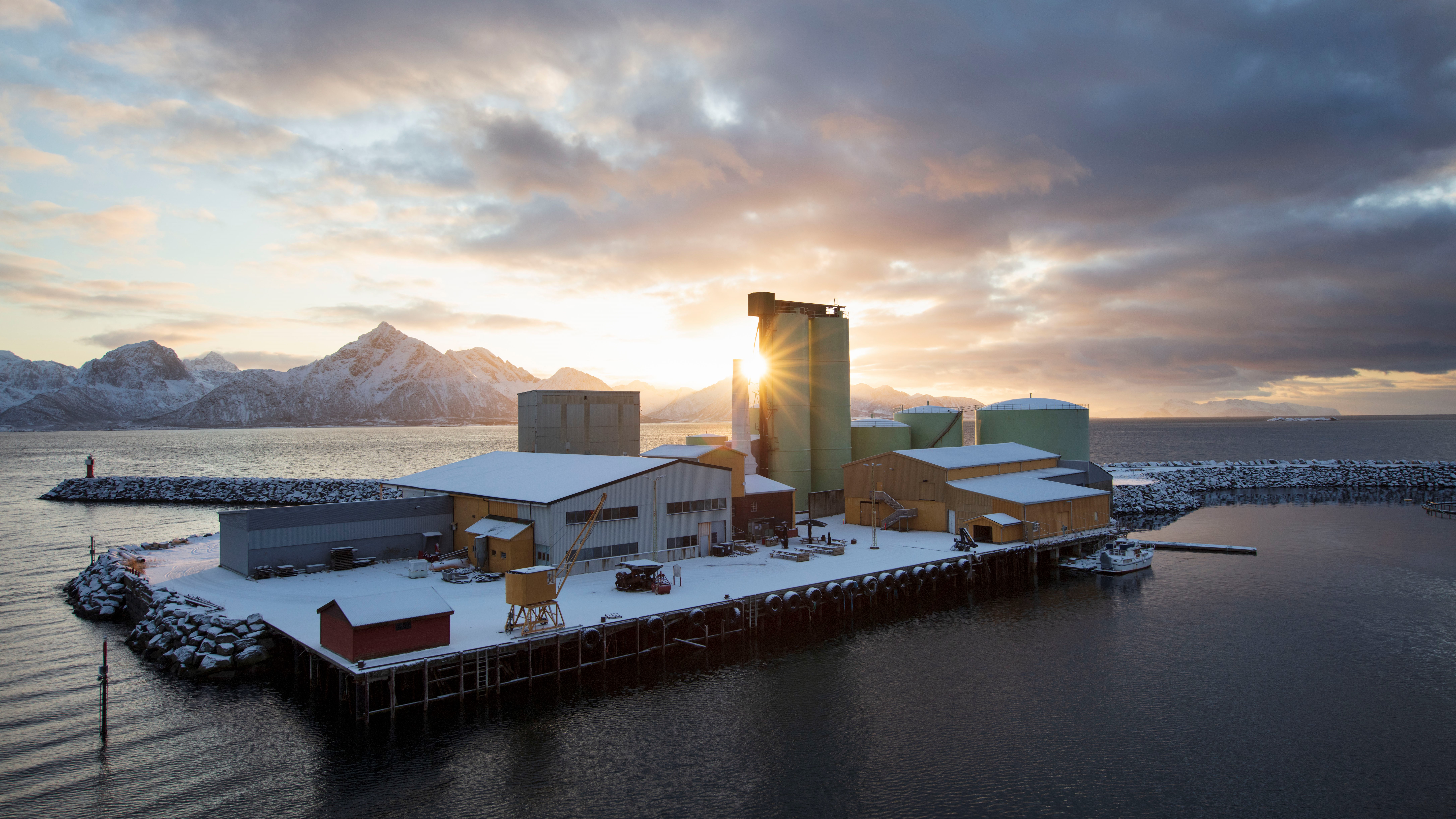When Neptune Herring Oil Factory at Melbu in Nordland was established in 1910, it was Norway’s most modern herring oil factory. Today, one of the disused fish-oil tanks is used as a concert venue and the Norwegian Fishing Industry Museum is located in the old production facility.
Industrial production of herring oil in Norway started towards the end of the 1870s when a British company established a fish guano factory at Brettesnes in Lofoten. This was the start of an industrial adventure that Neptune Herring Oil Factory is an important part of. The old factory site is situated in a typical northern landscape, with access to the sea and a safe harbour.
The Directorate for Cultural Heritage protected the site as being representative of the industrial fishing industry in Northern Norway.
The factory site is part of the conservation programme that includes 15 cultural heritage monuments and sites that are of technical and industrial importance.
These sites represent a national cross-section of cultural heritage connected to Norwegian industrial Development.
“Neptune is the northernmost site included in the Directorate for Cultural Heritage’s conservation programme. It is a very exciting cultural heritage site that tells the story of the Norwegian fishing industry”, says Director General Hanna Geiran.
Today, the old fish-oil tanks are used as a concert venue and a museum is located in the old production facility.
“The purpose of protecting the site is to ensure that a representative of the industrial fishing industry and the refinement of raw fish materials is safeguarded. Using is good way of protecting! In this way, the factory is being looked after when it is no longer in ordinary operation”, says Director General Hanna Geiran.
Historical background
In 1916, there were either 32 or 48 herring oil factories in Norway, depending on which sources are referred to. 19 of these were located in Northern Norway and were Norway’s largest and most modern herring oil factories. Around the 1930s, circumstances changed in the herring oil industry and a lot of the production was moved to Western Norway. During the 1960s, overfishing, overcapacity and a fall in prices on the international market led to a crisis in the herring oil industry. The factory site was extensively modernised towards the end of the 1970s, but as herring and capelin stocks collapsed, the basis for further operation disappeared. The factory was closed down in 1987. The museum is open during the summer season between 20.06. − 31.08 and also on request.


